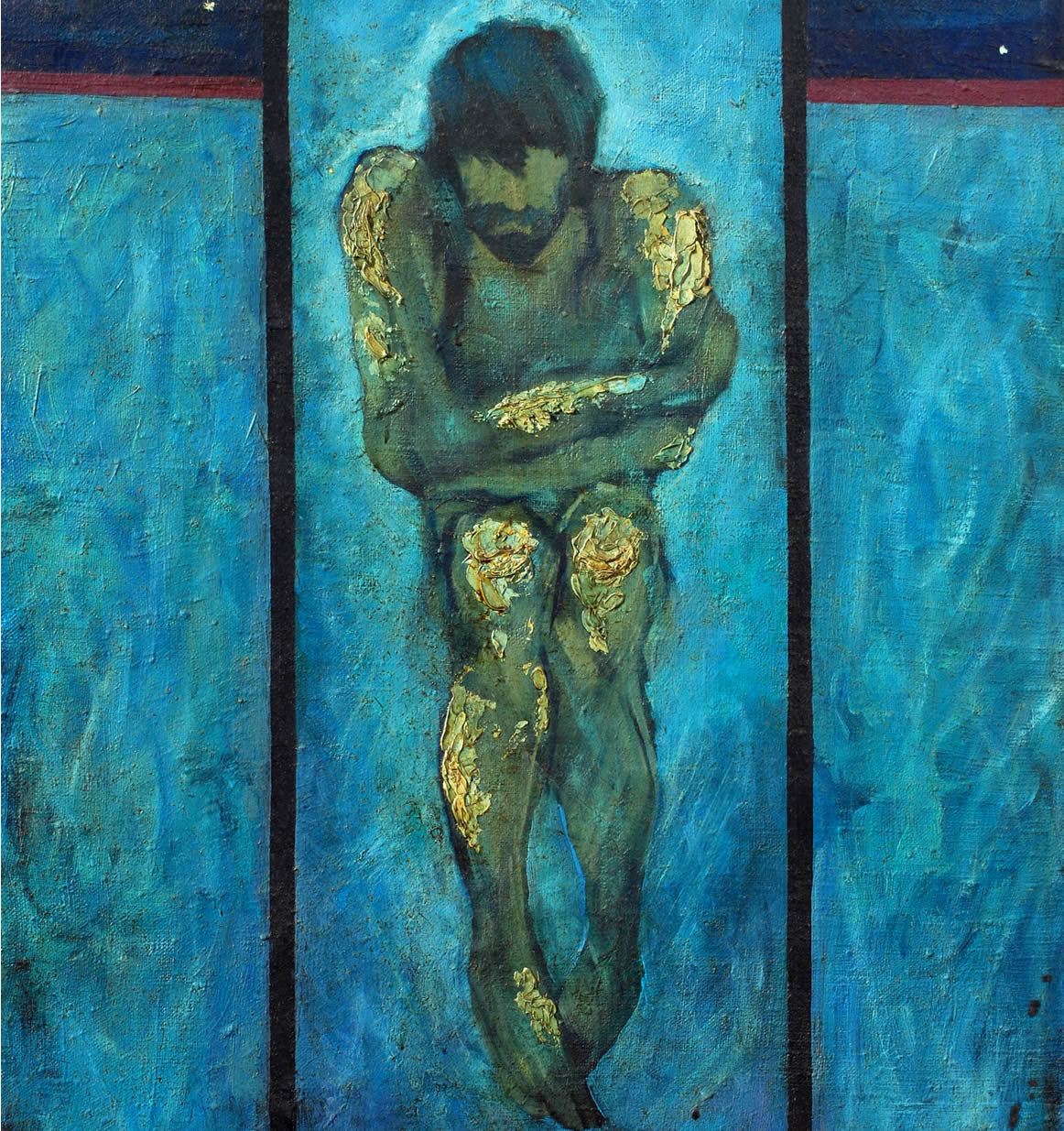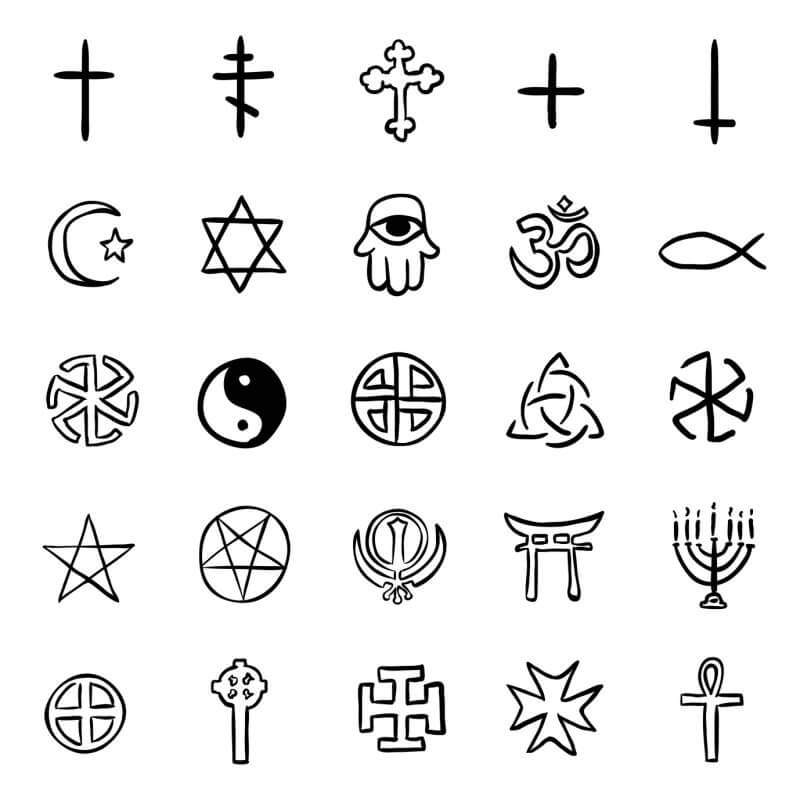 Although there are many definitions of the idea of art, it is evident that through it the emotion of the observer is sought. Through images and representations ideas, values and aesthetic approaches are communicated.
Although there are many definitions of the idea of art, it is evident that through it the emotion of the observer is sought. Through images and representations ideas, values and aesthetic approaches are communicated.
Images can be of two types: those that are close to reality as it is and those that are far from reality. The figurative art or image refers to any work of creation that connects with the real world, with what can be observed.
Figurative image versus non-figurative image
The first is one that looks like something in the real world. Thus, a portrait in which a person with defined features appears, a naturalistic still life or a realistic landscape are some examples of figurative art.
Some artistic currents are expressions of this way of understanding art, such as realism, expressionism or primitive art. In all of them nature is imitated in some way. Consequently, in the figurative arts the creations are clearly identifiable to the observer. This way of posing the artistic work is based on a general principle: art imitates nature.
The non-figurative image does not fit with the observable world, so it is a non-real representation in the strict sense. In this way, instead of capturing something objective, something is created from the subjectivity of the artist. In this form of expression, the lines, shapes and colors of a painting do not connect with the exposed subject, since the artist projects his thoughts and emotions away from the representation of reality as it is.
Abstract art in its different currents is the most representative trend of this way of understanding art.
The problem of definitions when expressing everything related to beauty
We all have an idea of what art is, but it is difficult to offer a conclusive definition. However, there is consensus on one issue: it is a human need.
At the same time, any creative work is aimed at aesthetic pleasure
The discipline that studies beauty is aesthetics. We say that something is beautiful because we give it a certain value. Both figurative and non-figurative art are two ways of understanding beauty. Figurative artists emphasize the external and objective dimension of everything that surrounds us, while non-figurative artists emphasize the subjective part of beauty.
Aesthetics tries to give answers to all those questions associated with the idea of beauty. Some of these questions are the following: do we capture beauty through emotions or through intelligence? Does beauty exist in itself or are we who create it? Is aesthetic enjoyment an intellectual pleasure product of reasoning or well a purely sensory satisfaction?
Photo: Fotolia - Mikhail Zahranichny









